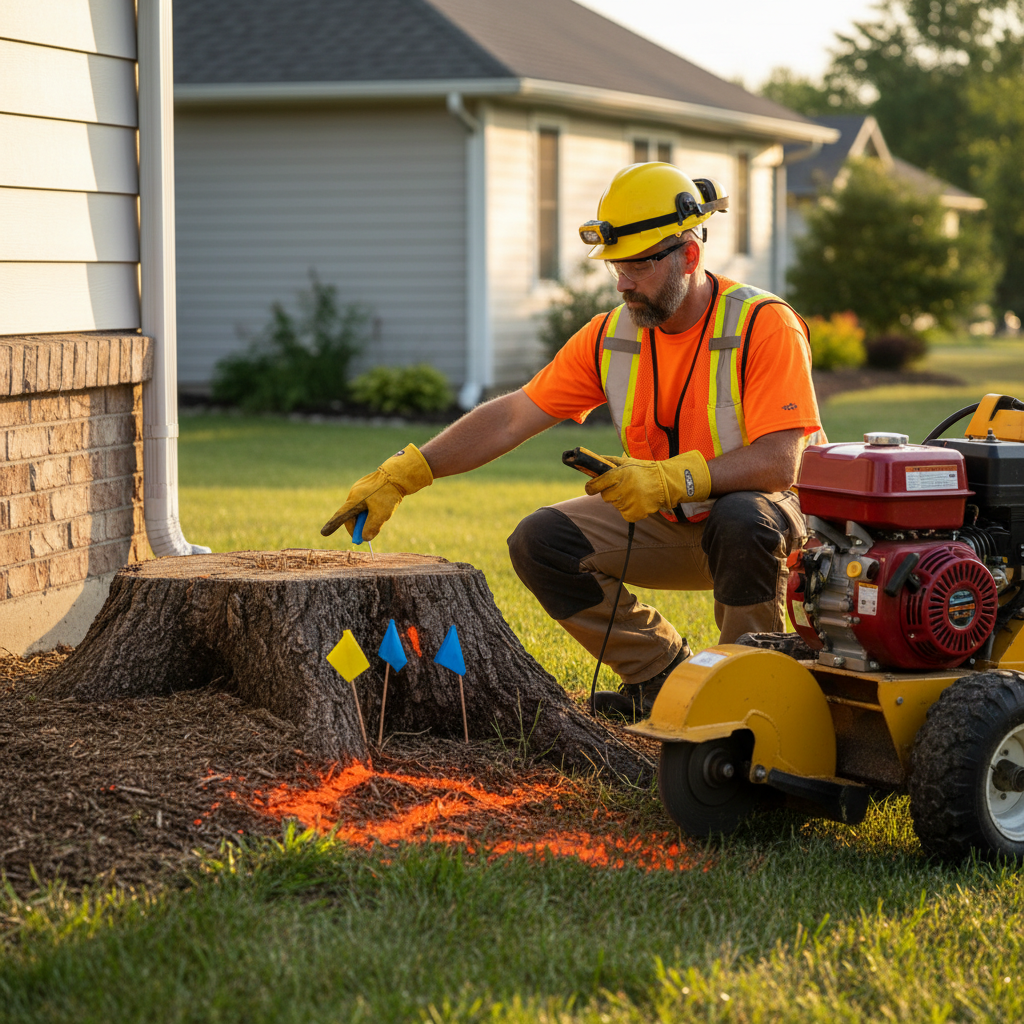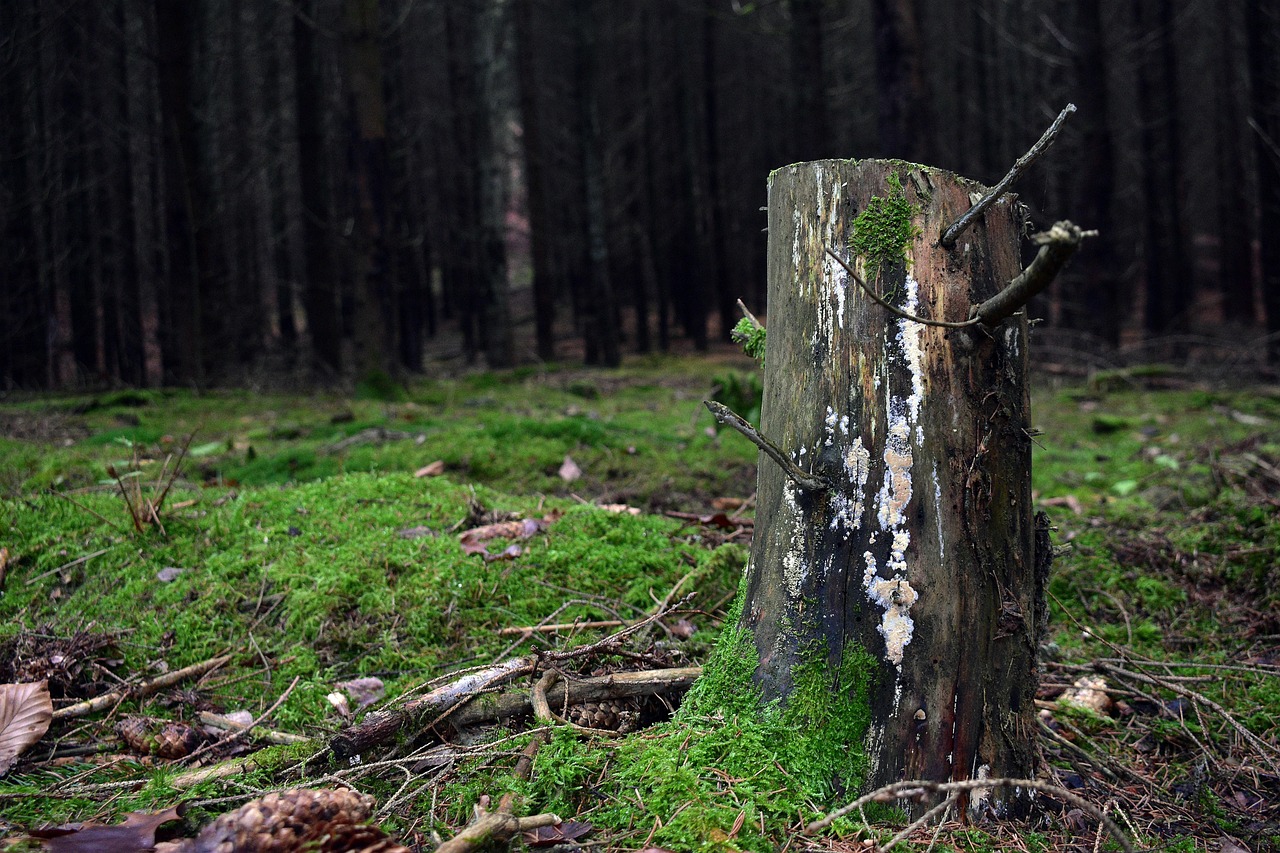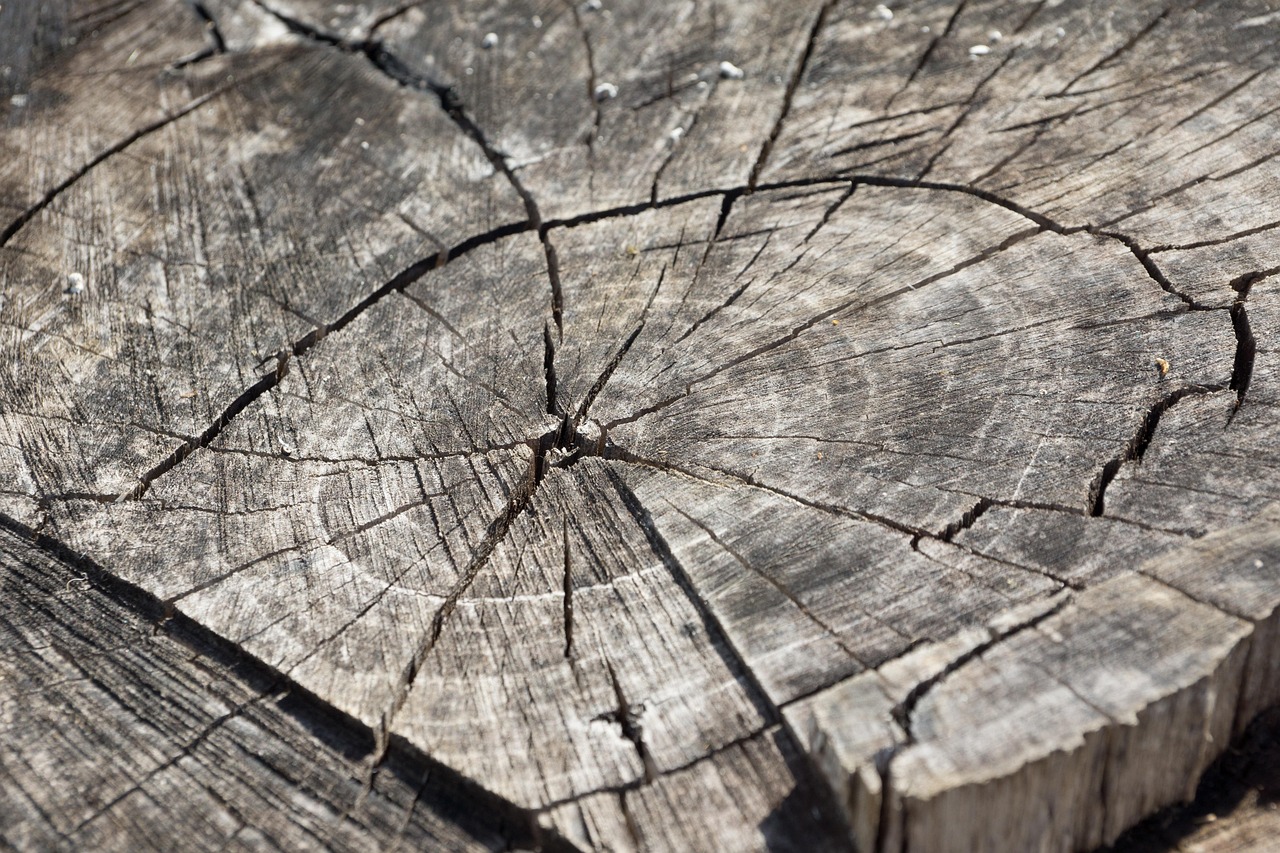TL;DR
- Repurpose stump grinding chips for sustainable landscaping.
- Use chips creatively for pathways, play areas, and erosion control.
- Ensure safe use by composting and avoiding contact with structures.
When a tree stump is ground down, you are often left with a substantial pile of wood chips. While some people opt to have this material hauled away, these chips are a valuable resource that can be repurposed in numerous creative and safe ways around your property. Maximizing your mulch not only saves you money but also contributes to a more sustainable landscape.
Creative Uses for Stump Grinding Wood Chips
Stump grinding chips, especially from hardwood trees, offer excellent durability and a natural aesthetic for various projects.
1. Natural Pathways and Trails
One of the most popular and effective uses for wood chips is creating natural, soft pathways in your garden or yard.
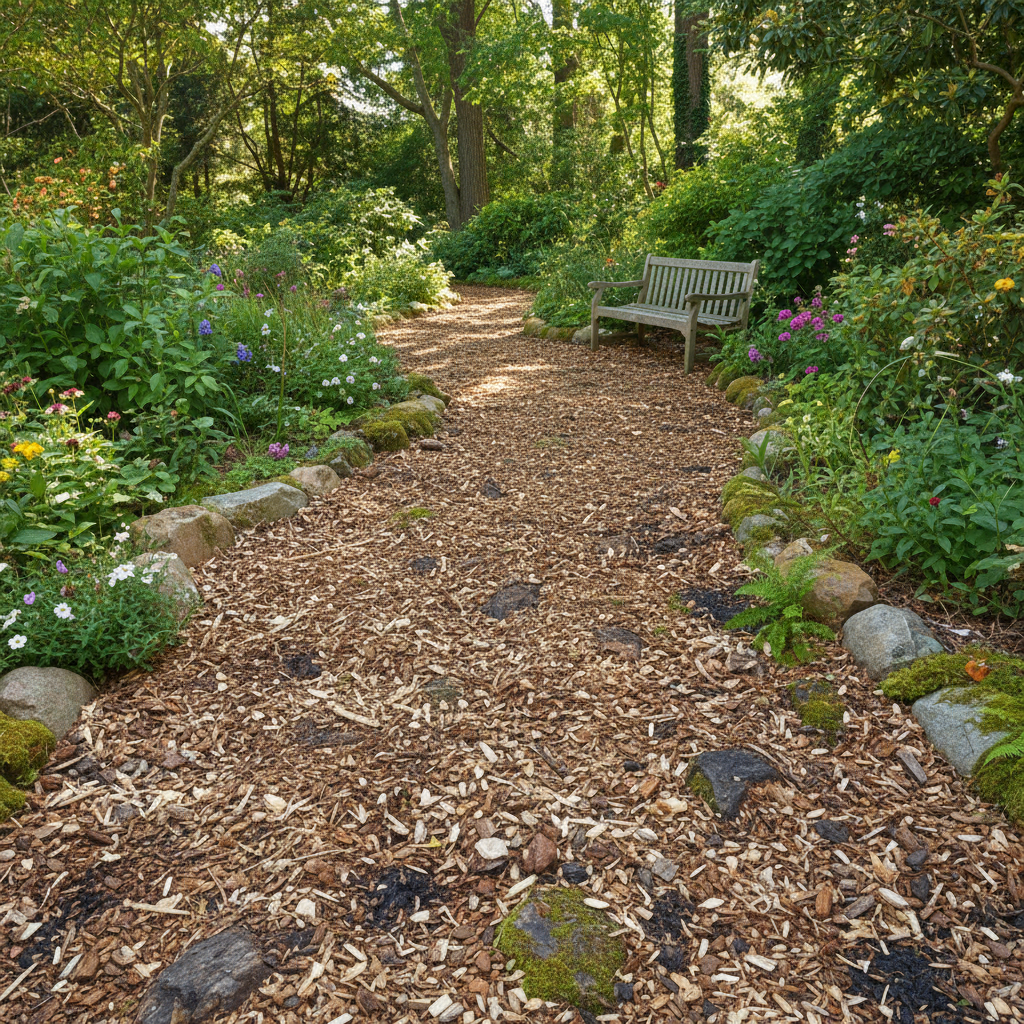 Image 1 - Wood Chip Pathways
Image 1 - Wood Chip Pathways
Wood chip paths are easy to install, provide excellent drainage, and suppress weeds. They also offer a pleasant, cushioned surface for walking. For best results, lay down a layer of landscape fabric first to prevent the chips from mixing with the underlying soil and to further inhibit weed growth.
2. Playground and Pet Areas
Wood chips provide a safer, softer landing surface than gravel or dirt, making them ideal for children’s play areas or dog runs. Ensure the chips are free of large splinters or sharp pieces, and maintain a depth of 6 to 12 inches for adequate cushioning in play areas.
3. Erosion Control
If you have sloped areas prone to soil erosion, a thick layer of wood chips can be an effective, natural solution. The chips interlock, slowing down water runoff and allowing it to soak into the soil, preventing topsoil loss.
Safe and Beneficial Uses in the Garden
While wood chips are excellent for landscaping, using them directly in garden beds requires a bit more care to ensure plant health.
1. The Power of Mulch
Wood chips are a fantastic organic mulch. When applied correctly (in a layer 2-4 inches deep, kept away from the base of tree trunks and plant stems), they offer several benefits:
- Moisture Retention: They significantly reduce water evaporation, meaning less frequent watering.
- Weed Suppression: They block sunlight, preventing weed seeds from germinating.
- Temperature Regulation: They insulate the soil, keeping roots cooler in summer and warmer in winter.
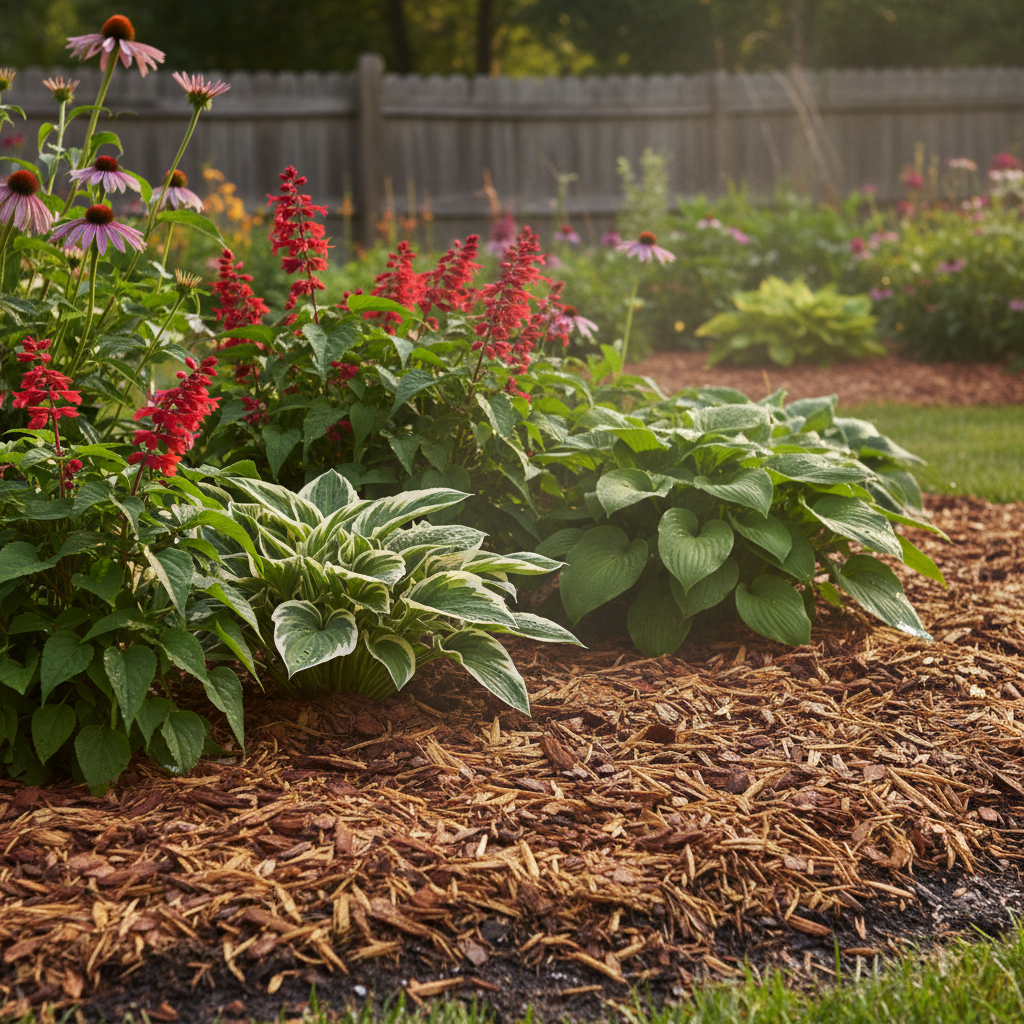 Image 2 - Wood Chips as Garden Mulch
Image 2 - Wood Chips as Garden Mulch
2. Composting and Soil Amendment
Fresh wood chips can take a long time to break down and may temporarily deplete nitrogen from the soil if mixed directly into the top layer (a process called nitrogen immobilization). The safest and most beneficial way to use them for soil improvement is through composting.
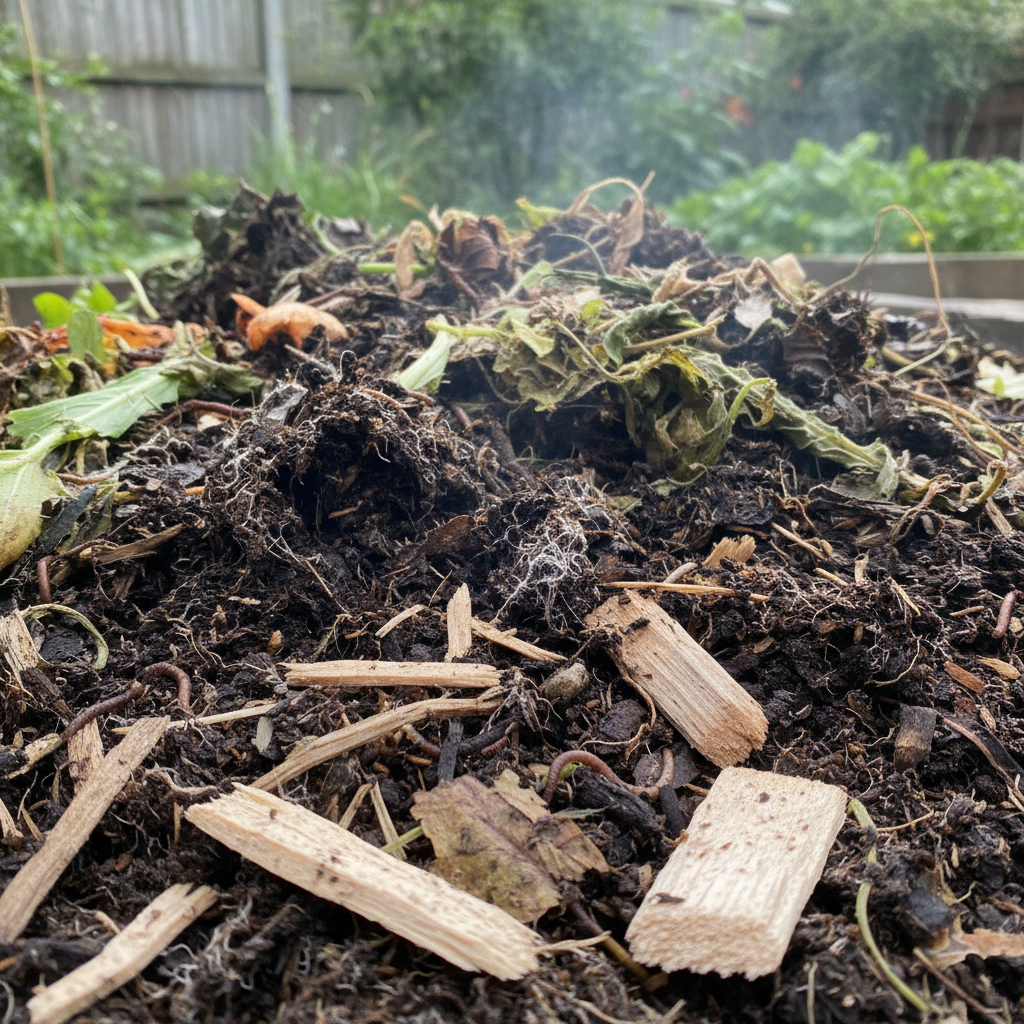 Image 3 - Composting Wood Chips
Image 3 - Composting Wood Chips
Mix the wood chips with nitrogen-rich materials (like grass clippings or manure) in your compost pile. Over several months, they will decompose into a rich, dark compost that can be safely incorporated into vegetable gardens and flower beds, improving soil structure and fertility without the risk of nitrogen depletion.
Important Safety Considerations
Not all wood chips are created equal, and safety is paramount when repurposing this material.
1. Identify the Wood Type
If the stump was from a tree known to be allelopathic (like Black Walnut, which produces juglone, a chemical toxic to many plants), avoid using the chips in vegetable gardens or around sensitive plants. Similarly, chips from diseased trees should be avoided to prevent spreading pathogens.
2. Avoid Direct Contact with Structures
Never pile wood chips directly against wooden structures, such as house siding, decks, or fence posts. Wood chips retain moisture, which can lead to rot and create a bridge for termites and other pests to access your home. Maintain a clear, dry buffer zone around all structures.
3. Fire Safety
In dry climates, large, deep piles of wood chips can spontaneously combust due to heat generated during decomposition. Spread chips out in thin layers or turn compost piles regularly to dissipate heat and reduce fire risk.
By understanding the properties of stump grinding wood chips and following these guidelines, you can transform a byproduct into a valuable asset for your landscape.
